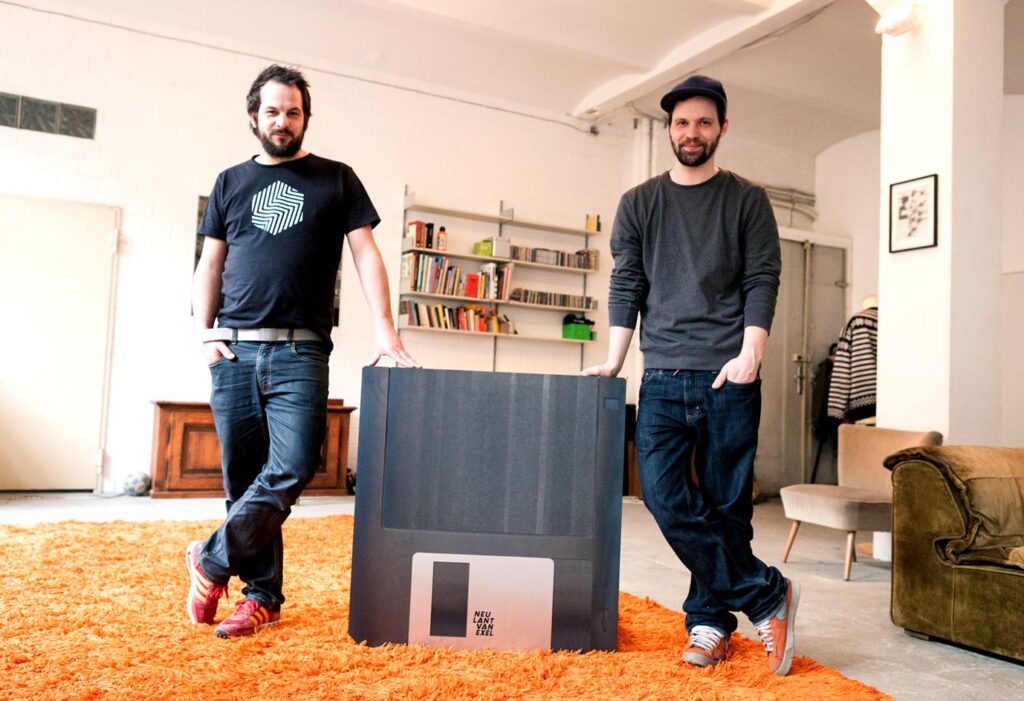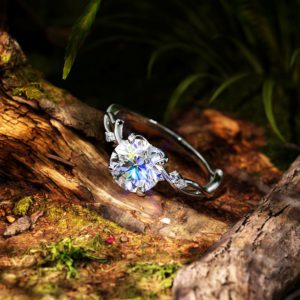
Once a staple of computing in the late 20th century, floppy disks were the go-to storage solution for everything from school assignments to early digital games. Today, however, their original function has long been replaced by flash drives, cloud storage, and external hard drives. Surprisingly, instead of fading entirely into obscurity, floppy disks are making an unexpected comeback—this time as home and office décor. These outdated digital relics are being repurposed into art pieces, coasters, wall hangings, and even furniture. Their resurgence reflects a growing fascination with tech nostalgia, minimalist aesthetics, and the appeal of upcycled design.
Tech Nostalgia in the Modern Home
One of the driving forces behind the trend is the emotional connection people feel toward early digital technology. For those who grew up using floppy disks, they represent a simpler time in computing history. There’s a certain charm in the tactile experience of inserting a disk into a drive, hearing the faint hum, and watching files load with satisfying slowness. Displaying floppy disks as décor taps into that sense of nostalgia and allows people to celebrate their personal history with technology.
In the same way vinyl records evoke memories of music’s golden era, floppy disks are becoming visual symbols of the beginning of the digital age. For millennials and Gen Xers, they serve as tangible links to childhood, early computer classes, and the excitement of the internet’s early days. Incorporating them into living spaces is a way to honor those memories while adding a quirky, conversation-starting element to the décor.
Minimalist Aesthetic with a Vintage Edge
Floppy disks possess a surprisingly appealing visual design. Their compact, square shape, muted color palettes, and bold central labels make them ideal for geometric, minimalist decoration. In a world where clean lines and muted tones dominate modern interior design, floppy disks offer a pop of character without overwhelming the visual space. They can be arranged in symmetrical patterns, used as tiles, or framed like art pieces to add a subtle, tech-inspired touch to walls or desks.
Artists and designers have started exploring these disks as a medium for creative expression. Some paint over them, transforming each disk into a tiny canvas, while others assemble them into mosaics or collages. Their unique shape and flat surface lend themselves well to these DIY projects, making them a favorite among crafters and tech enthusiasts alike.
Eco-Friendly and Upcycled Appeal
Another key factor behind the popularity of floppy disks as décor is the broader movement toward sustainability and upcycling. With increasing awareness of e-waste and the environmental impact of discarded electronics, many people are seeking creative ways to repurpose old tech rather than send it to landfills. Floppy disks, which are no longer functional for most computing needs, present a perfect opportunity for creative reuse.
By transforming outdated technology into decorative pieces, individuals are giving new life to objects that would otherwise be considered obsolete. This approach aligns with the values of eco-conscious consumers who prioritize sustainability, uniqueness, and personal expression in the products they bring into their homes.
A Cultural Statement on the Evolution of Tech
In addition to aesthetics and sustainability, decorating with floppy disks also makes a subtle cultural statement. It invites reflection on how quickly technology has evolved and how the tools we once relied upon can become museum pieces in a matter of decades. For younger generations who may have never used a floppy disk, these objects serve as intriguing artifacts of a not-so-distant past.
In creative workspaces, tech startups, or modern homes, floppy disk décor can signal a playful awareness of tech history. It shows appreciation for where we’ve come from and how innovation continues to shape the way we live. It’s a nod to the idea that even outdated tools can still have meaning and beauty, especially when reimagined through a modern lens.
A Trend That Blends the Past with the Present
The trend of using floppy disks as décor is more than just a quirky design choice—it reflects a deeper cultural interest in bridging the digital past with the present. Through nostalgia, artistic creativity, sustainability, and a touch of irony, these once-utilitarian items are finding new purpose. In transforming floppy disks from data storage into decorative statements, people are reminding themselves—and others—that even in a fast-moving digital world, there’s value in remembering where it all began.
Here are some helpful resources to explore :
https://c2bir.org/
https://seabreezetinyhomes.com/
https://lidolimarangi.it/
https://situspokerbagus.com/
https://mvcfashionn.com/
https://informagiovanicirie.net/
https://ebrain-news.com/
https://cbdisolateherms.com/
https://cbdcrowdfund.com/
https://pokernews.info/
https://rospedia.com/
https://avataresyfirmas.com/
https://onvd.org/
https://thinkingcreatively.org/
https://tvoicelessons.com/
https://halfashoestring.com/
https://ipsecurityforum.it/
https://visitandrun.com/
https://iraq-live.com/
https://fashioncn.org/
https://healthcareforgunner.com/
https://lookoff.co/
https://free-download-casino.com/
https://freshamericannews.com/
https://steelvalleyarts.org/
https://homeinsuredbyus.com/
https://marijuanadispensarynearmeshop.com/
https://simsoncasino.com/
https://fvtlaw.net/
https://atlanticcwm.com/



